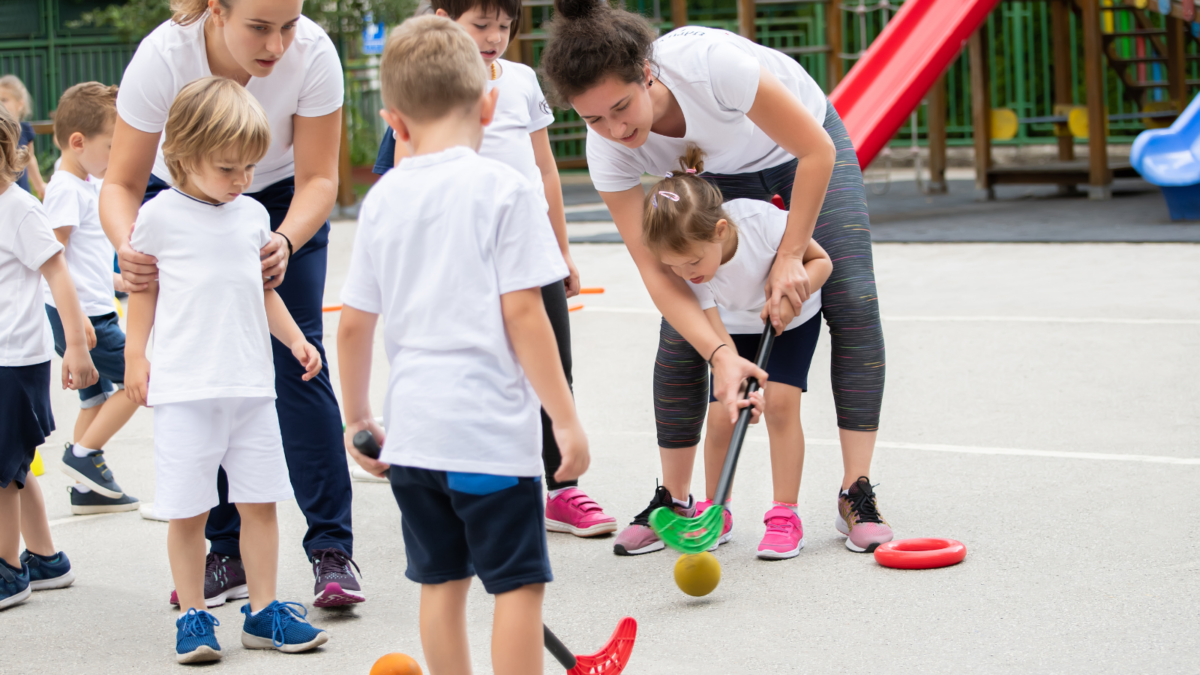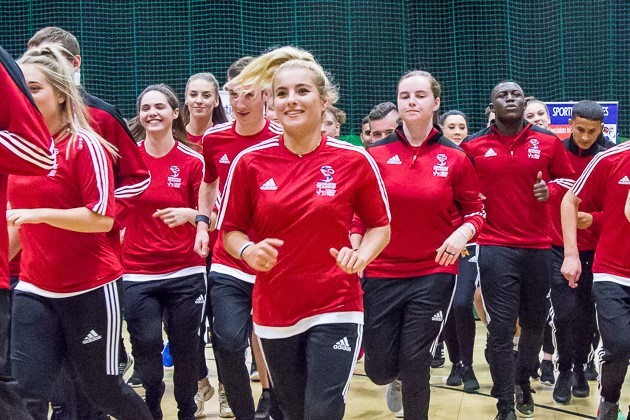Fundamental movement skills are the ‘building blocks’ for more complex and specialised skills that will help children take part in different activities, games and sports. The common fundamental movement skills are running, jumping, throwing, catching, skipping and hopping.
Fundamental movement skills are grouped into three broad categories:
- Locomotion: Anything to do with movement – walking, hopping, running, swimming, skipping, jogging, running and so on in different directions.
- Stabilisation: Skills that show how you can control your body – balancing, stretching, twisting, landing, bending, pivoting, hanging.
- Manipulation: These are skills that involve moving something that isn’t attached to you – throwing, catching, pushing, pulling, bouncing.
Recent research has indicated that decreasing activity levels are impacting on children’s ability to develop these skills and that this will have an adverse effect on their long-term health and wellbeing.
Why is it important that children develop their fundamental movement skills?
As well as being the building blocks for more complex skills, if children develop a wide range of fundamental movement skills whilst they are young, it increases the likelihood that they will continue to take part in sports and activities as they get older. This means they are more likely to be active adults. They will also feel more confident in having a go at different sports and activities and their risk of injury will be substantially reduced.
So, developing robust fundamental movement skills (FMS) is crucial to ensuring lifelong healthy habits. However, all too often children can be pushed into playing sports before they have mastered their FMS. If a child has not yet developed FMS they will have difficulty in performing well and/or progressing in the sport which in turn, can put them off sport or exercise for the rest of their lives.
5 simple activities to develop fundamental movement skills
FMS aren’t naturally learned through free play. It can take hours of high-quality PE teaching, with appropriate practice, instruction and opportunity, for a child to become proficient in each FMS. Here are five simple activity ideas that you can use in your PE lessons to help your pupils develop their FMS:
Run or walk on uneven surfaces – running on different surfaces (grass, bark etc) strengthens muscles in the feet and legs and engages core stability for better balance. Try to travel in different directions, changing directions regularly.
Target practice – while children naturally begin to throw objects at around 18 months of age, these skills can be further encouraged and developed by providing targets. To progress this skill, remind children to point their finger and throw overhand as though they are high-fiving.
Activity trails such as Hop, Skip and Jump with a Kick at the end – lay a trail around the school grounds: skip over a pile of leaves, jump over a bench, hop from one point to another. Include a goal at the end where pupils need to kick a ball into the marked space before completing the activity trail.
Balancing activities – Try balancing on different body parts, taking body weight on hands and feet or other large body parts, for example front support or rear support positions. Ask children to get into front support and use their hands and feet to ‘walk’ along the edge of the playground. See how far they can go without falling over.
Use movement games such as Fast Cars – mark out a space/area in the school hall or playground. The children run around the space without bumping into each other (crashing their cars). Gradually reduce the size of the space so they learn how to control their speed and be able to stop, twist, turn and start again.
Further information:
Move with Max – our EYFS programme combines carefully curated activities with popular stories to help develop FMS



